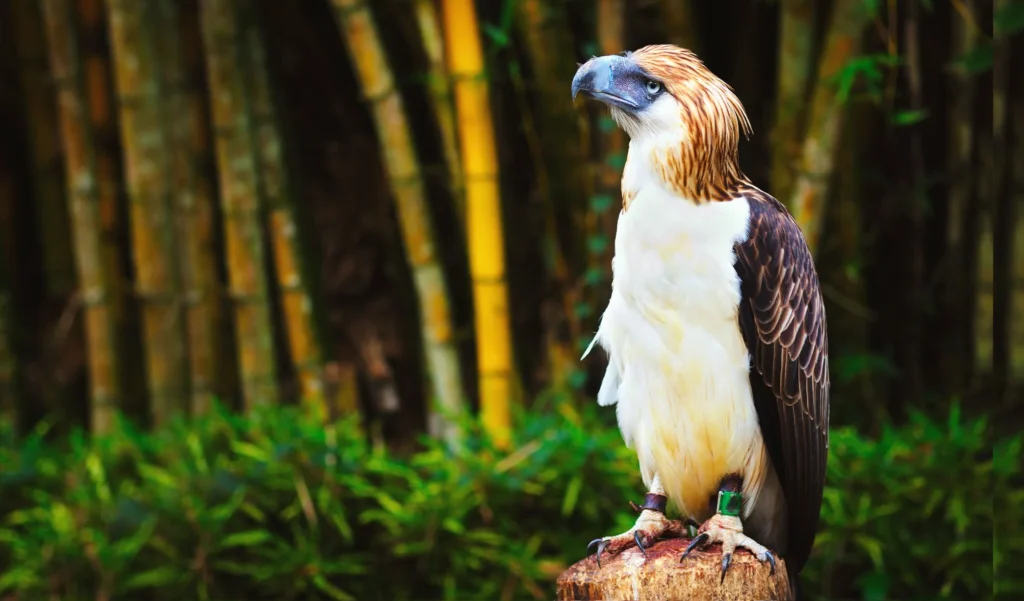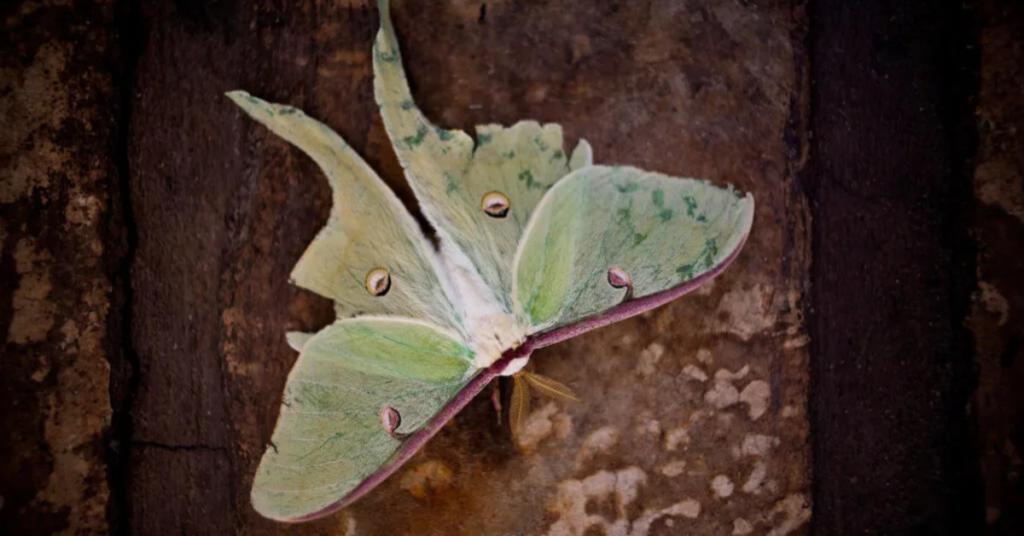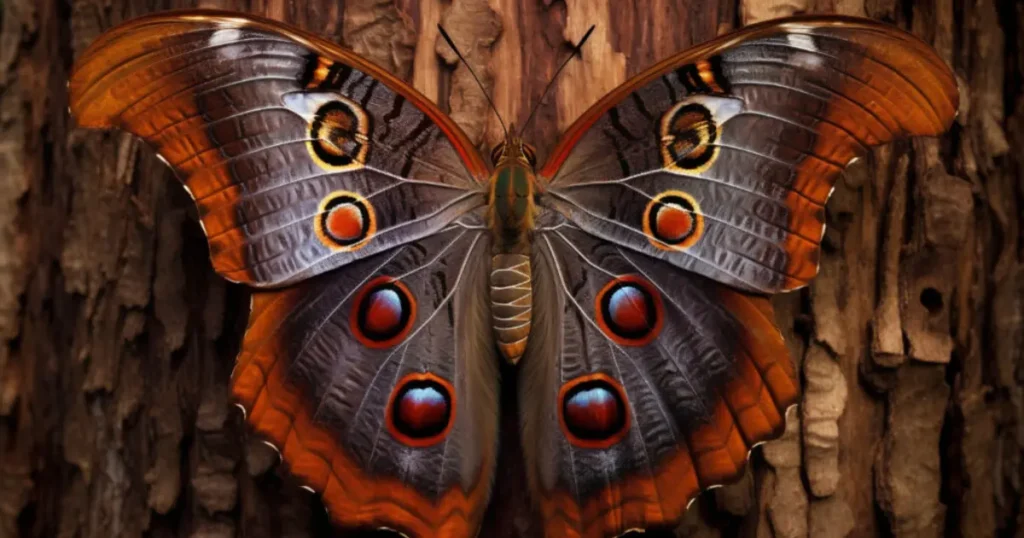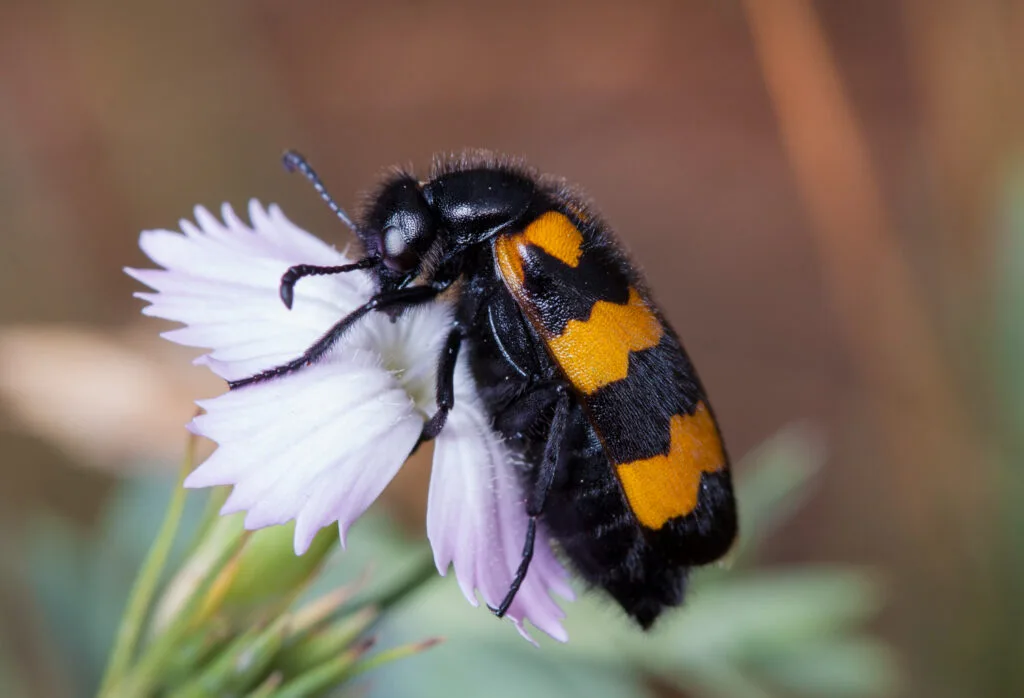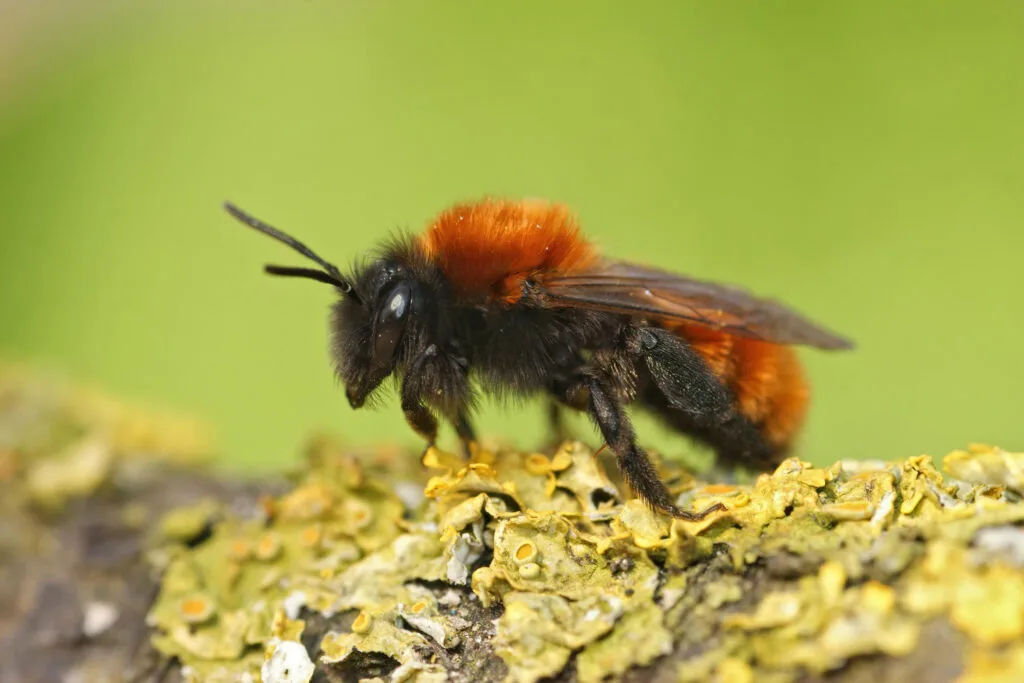Table of Contents
ToggleA Forest Giant Like No Other
The Philippine Eagle isn’t just any bird it’s a living legend in the treetops. Towering over most raptors with its striking crown of feathers, intense gaze, and powerful wingspan, this forest giant rules the canopy like a true king.
But sadly, kings fall too—and this eagle is on the edge. Fewer than 400 remain in the wild, their rainforest kingdom shrinking day by day.
What makes the Philippine Eagle so remarkable? Why is it endangered? And what can we do to keep this majestic bird soaring? Let’s dive deep.
What is the Philippine Eagle?
Scientifically known as Pithecophaga jefferyi, the Philippine Eagle is the national bird of the Philippines—and for good reason. It’s one of the largest, most powerful eagles in the world.
Fast Facts:
- Height: Up to 3.4 feet (102 cm)
- Wingspan: Up to 7.2 feet (2.2 metres)
- Weight: 4.5–8 kg
- Lifespan: Up to 60 years in captivity
Its intense eyes and massive, curved beak give it an almost mythical presence. Those long, brown head feathers? Like a lion’s mane—fierce, regal, unforgettable.
Habitat: Where Does the Philippine Eagle Live?
This eagle lives nowhere else but in the Philippines, found only on four islands:
- Luzon
- Leyte
- Mindanao
- Samar
It thrives in old-growth rainforests, nesting high in tall trees—often above 30 metres. These remote forests give it the space and solitude it needs to hunt, breed, and raise its young. Sadly, the same forests are now vanishing.
Diet & Hunting Style
The Philippine Eagle is an expert hunter. It feeds on:
- Flying lemurs
- Monkeys
- Large birds
- Civets
- Snakes and reptiles
It strikes with speed and precision. Despite its bulk, it glides silently, launching a surprise attack from the treetops. Because it hunts in such dense forest, it relies more on strategy than speed. This bird isn’t just strong—it’s smart.
Rare and Slow to Reproduce
Unlike other birds, the Philippine Eagle has a slow reproductive cycle:
- It mates for life.
- It lays only one egg every two years.
- The chick depends on parents for up to 2 years.
This slow rate of reproduction makes it nearly impossible for the species to bounce back quickly from population decline. That’s why every eagle counts.
A Sad Truth: Why Is the Philippine Eagle Endangered?
The Philippine Eagle is listed as Critically Endangered by the IUCN. Let’s break down why:
1. Deforestation
Logging—both legal and illegal has decimated the eagle’s natural habitat.
2. Agricultural Expansion
Rainforests are cleared for farming and cattle grazing, pushing the eagle further into isolated patches of land.
3. Hunting
Despite laws, some locals still shoot the eagle out of fear or for food.
4. Natural Disasters
Typhoons and landslides destroy nest trees and habitats.

A Cultural Icon of the Philippines
Known as Haring Ibon (King of Birds), the Philippine Eagle is more than just a national bird. It’s a powerful cultural symbol of pride and strength.
It even appears on the Philippine 50-peso banknote, reminding citizens of their responsibility to protect this rare and noble creature.
Where You Can See the Philippine Eagle
For those wanting a close-up look, the Philippine Eagle Center in Davao City is the best place.
The centre houses rescued eagles, runs captive breeding programmes, and educates visitors about wildlife conservation.
It’s also the headquarters of the Philippine Eagle Foundation, the organisation leading the fight to save the species.
What is the Philippine Eagle Foundation Doing?
The foundation’s work includes:
- Captive breeding (more than 28 eagles have been bred in captivity)
- Habitat conservation
- Tracking and research
- Public awareness campaigns
- Community forest protection programmes
One of their most famous eagles, “Pag-asa” (meaning “hope”), was the first eagle born in captivity and became a symbol of national unity.
Interesting Things You Didn’t Know
- The Philippine Eagle is one of the largest forest-dwelling eagles in the world.
- It can live up to 40 years in the wild, if left undisturbed.
- Each breeding pair requires a territory of at least 7,000–13,000 hectares.
Despite being powerful hunters, they are gentle with their young—often sharing food with their chick.
How You Can Help Save the Philippine Eagle
You don’t have to live in the Philippines to help protect this magnificent bird. Here’s how:
Donate: Support organisations like the Philippine Eagle Foundation.
Spread the Word: Use your voice on social media or blogs.
Volunteer or Adopt an Eagle: Symbolic adoptions help fund care and education.
Support Ethical Tourism: Visit centres that prioritise conservation over profit.
Every small action counts.
What Would Happen if the Philippine Eagle Disappears?
Losing the Philippine Eagle would be a disaster for more than just birdwatchers. As an apex predator, it plays a critical ecological role keeping populations of prey animals in balance.
Its extinction would trigger cascading effects across the food web, damaging the rainforest’s health and biodiversity.
It would also mean losing a living symbol of national pride an irreplaceable part of Filipino heritage.
Global Recognition of the Philippine Eagle
Conservationists from around the world consider the Philippine Eagle a global priority. The bird represents:
- Tropical biodiversity
- Endemic species conservation
- Human responsibility in forest preservation
Its story is often featured in wildlife documentaries, international conferences, and ecological research as a case study of hope and challenge.
Conclusion
The Philippine Eagle is not just a bird—it’s a story of survival, struggle, and resilience. It reminds us that protecting nature is not optional. It’s necessary.
Every time an eagle is sighted in the wild, it’s a win for conservation. Every egg that hatches is a symbol of hope.
Let’s make sure the forests of the Philippines always echo with the cry of the eagle—wild, free, and forever soaring.

